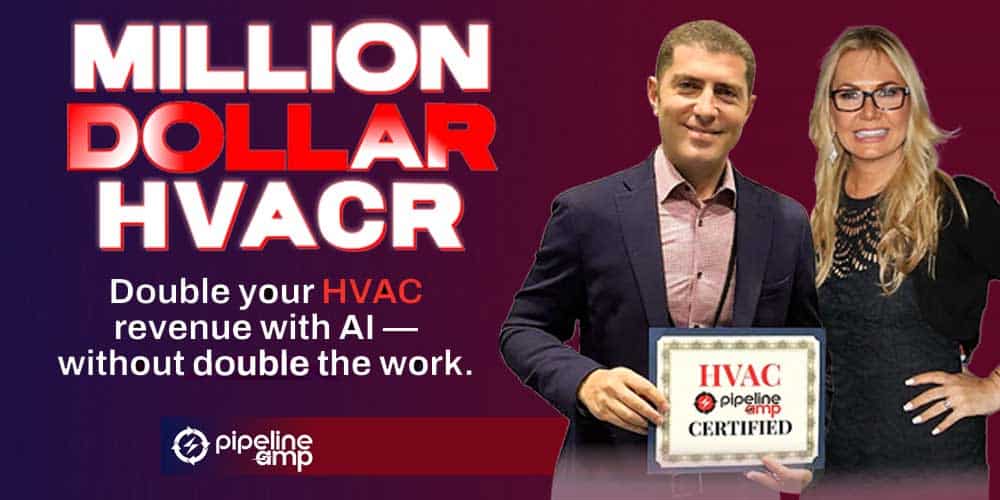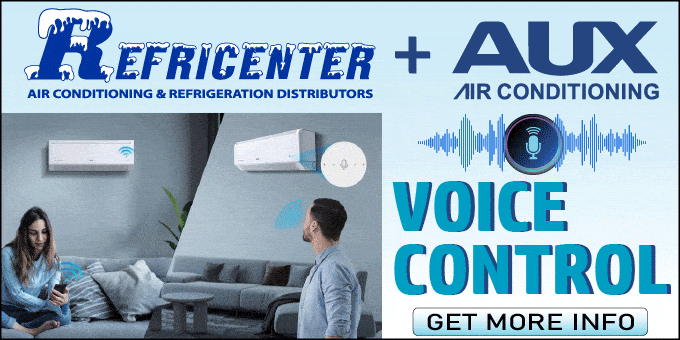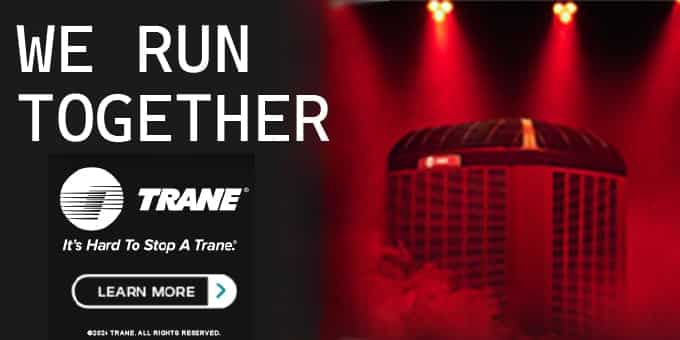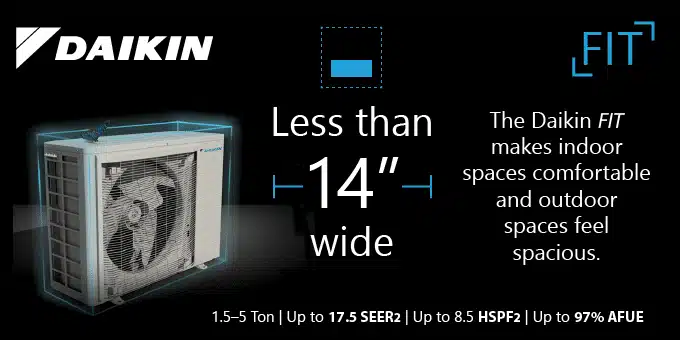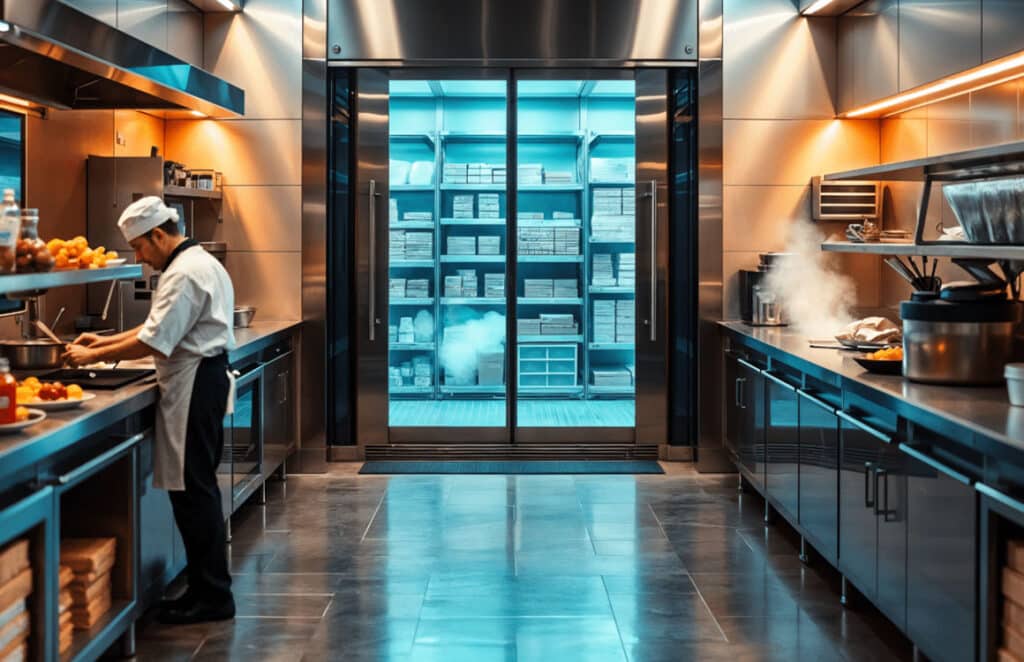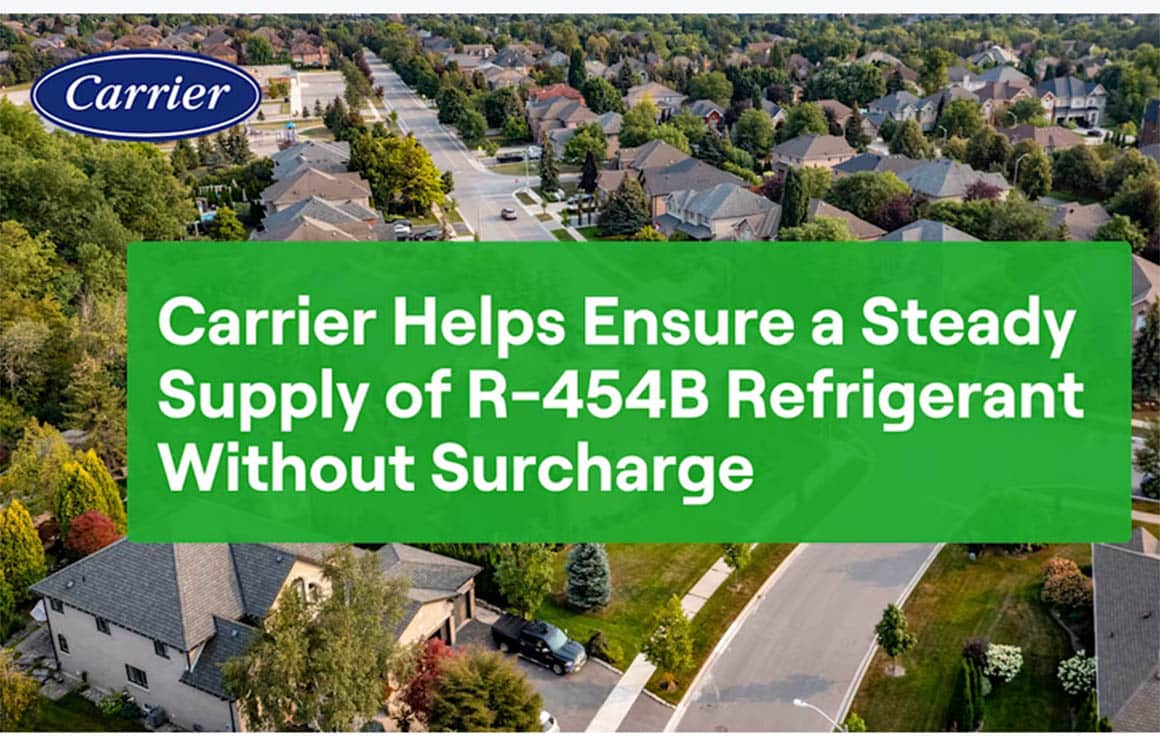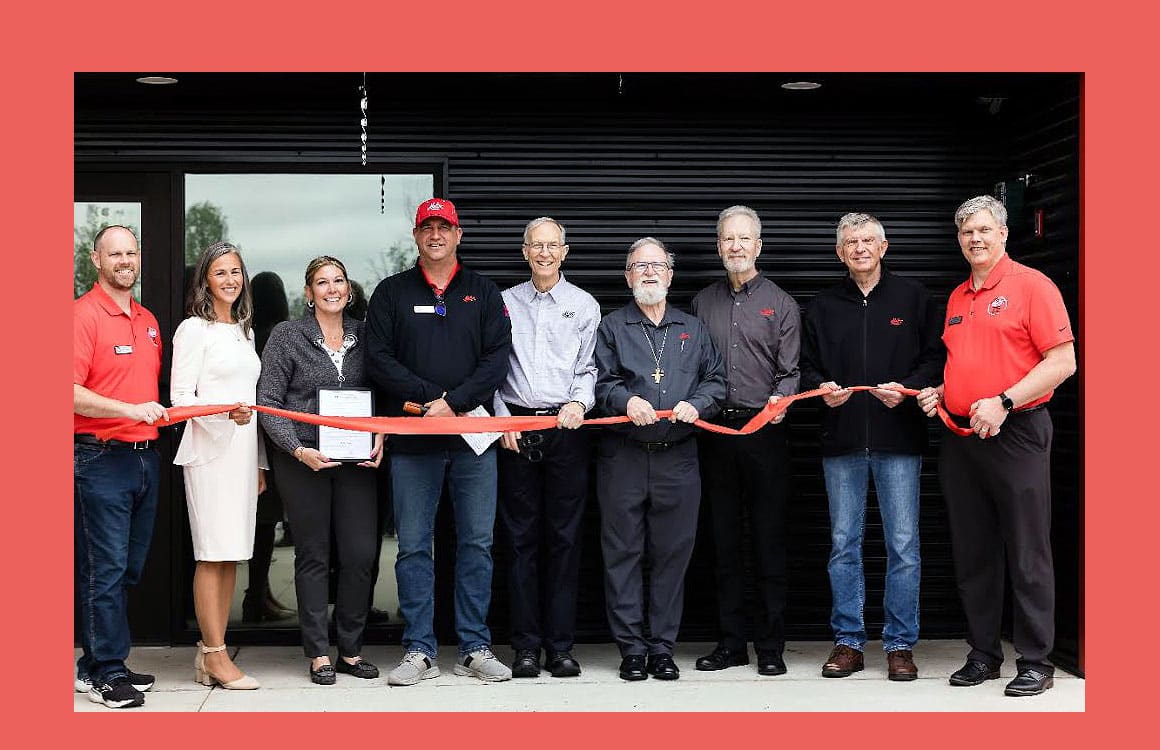HVAC linesets are vital to the performance and reliability of a ducted or ductless heating and cooling system. While copper linesets may look impervious to damage, they require proper installation, care, and maintenance to ensure that they provide adequate refrigerant flow to ensure the optimized performance of the HVAC system. Further, linesets must be protected in an end-to-end configuration to avoid premature failures.
HVAC linesets are comprised of copper refrigerant tubing and insulation. Both components can be vulnerable to various environmental factors that degrade the lineset’s ability to provide reliable performance. Here are some solutions that can help to maintain the health and performance of an HVAC lineset.
It seems ob vious, but physical damage to a lineset can lead to refrigerant leaks, reduced system efficiency, and potential performance issues. External sources leading to damage include accidental impact, improper installation, or exposure to sharp objects during construction or renovation activities. A product like AC Leak Freeze® is a great solution for small leaks. It can revitalize linesets by permanently sealing small, hard-to-find micro gas leaks. To avoid physical damage concerns, always ensure the linesets are installed correctly by following the manufacturer’s guidelines and industry-related best practices. That includes securely anchoring the linesets, avoiding sharp bends or kinks, and using appropriate supports and hangers to prevent sagging or stress on the lineset. Also, provide sufficient clearance around the linesets to allow for proper airflow and ventilation. Avoid placing obstructions or objects near the linesets that could impede airflow or cause heat buildup.
vious, but physical damage to a lineset can lead to refrigerant leaks, reduced system efficiency, and potential performance issues. External sources leading to damage include accidental impact, improper installation, or exposure to sharp objects during construction or renovation activities. A product like AC Leak Freeze® is a great solution for small leaks. It can revitalize linesets by permanently sealing small, hard-to-find micro gas leaks. To avoid physical damage concerns, always ensure the linesets are installed correctly by following the manufacturer’s guidelines and industry-related best practices. That includes securely anchoring the linesets, avoiding sharp bends or kinks, and using appropriate supports and hangers to prevent sagging or stress on the lineset. Also, provide sufficient clearance around the linesets to allow for proper airflow and ventilation. Avoid placing obstructions or objects near the linesets that could impede airflow or cause heat buildup.
Moisture on linesets can lead to multiple issues. Excessive moisture can lead to corrosion of the copper tubing and can also degrade the lineset insulation if not correctly shielded. Improperly insulated linesets can generate condensation due to external humidity. Further, high humidity levels can promote mold and mildew growth within the lineset insulation, which can impact indoor air quality and the performance of the HVAC system Corrosion can weaken copper tubing. Linesets are generally resistant to corrosion, but they can still be affected in specific environments such as moisture, chemicals, or certain atmospheric conditions. Linesets installed in areas with high chemical concentrations, such as industrial or manufacturing environments, may be exposed to corrosive substances. Chemical exposure can accelerate corrosion and lead to early failure of the lineset components.
Covering or insulating HVAC linesets is a standard practice for most HVAC technicians. Depending on the geographical location of the HVAC system, foam or rubber insulation is often a code requirement. However, lineset insulation, when exposed to direct sunlight or UV radiation for extended periods, can cause the insulation to become brittle, crack, or degrade over time. Many codes require that lineset insulation receive additional protection by being covered. While designed to withstand a wide range of outdoor temperatures, extreme heat or cold can impact the performance of lineset insulation and the copper refrigerant tubing. Without proper protection, the refrigerant inside the lineset can become overheated, and in extremely cold temperatures, the lineset may be more susceptible to freezing or damage. There are a couple of solutions to consider when protecting lineset insulation. First, the use of vinyl tape designed for HVAC use can be used to wrap the lineset insulation and protect it from environmental factors. When using tape, be careful not to place any control wires directly on the copper tubing. Vibration caused by the operational effects of the HVAC system can cause the control wire insulation to rub off or cause a weak spot on the copper tubing. The vibration could cause a leak or broken control wire in either case. The other option is to use rubber tubing to cover linesets. Care should be taken, again, to avoid allowing the control wires to rub against the lineset. Like form insulation, the rubber insulation can be taped completely to avoid moisture intrusion and protect against environmental factors. To avoid the time and potential hassle of taping an entire lineset, consider using OutSet™ Jacket. It’s an innovative hoop and loop insulation jacket that provides a simple, easy, compliant, and reusable covering for HVAC linesets. Outset Jacket can be installed directly over new or existing lineset foam or rubberized insulations. When properly installed, it provides a secure, breathable, tight fit, covering multiple lineset diameters.
A popular protection option for linesets that are attached to a structure either vertically or horizontally to the HVAC system is a lineset cover. They will not only protect the lineset from potential damage but enhance the beauty of the installation. Lineset covers are available in an array of colors suitable to match the exterior of any home or building. The adjustable lineset covers provide ample room for the lineset, the lineset insulation, and the control wires and offer additional support for the lineset. Lineset covers are likely the most practical, easiest, and most durable solutions for protecting a lineset cover from physical damage, moisture, and corrosion. Look for the brands Fortress, Slimduct, and Cover Guard for exceptional, high-quality lineset covers.
When installing or repairing a lineset, it’s important to include the wall intrusion where the lineset enters the structure as part of the lineset protection procedures. Improper lineset wall penetrations can pose challenges and potential problems if not properly addressed. Improperly sealed wall penetrations can result in air leakage, leading to energy losses and reduced HVAC system efficiency. Moisture infiltration is possible when the wall penetration is not correctly sealed and can lead to conditions described earlier. Often it is difficult to connect the lineset insulation effectively to the area where the wall penetration exists. Not only does that allow rodents and other pests to enter the structure, but it can also lead to energy losses, decreased system performance, and potential condensation issues. Lineset wall penetrations can be unsightly if not appropriately addressed. That can lead to the appearance of a low-quality installation and reflect poorly on the HVAC technician’s reputation. Finally, consider future service and maintenance of the HVAC system. Removing or replacing lineset insulation during a service or maintenance call can damage the lineset or create additional costs to replace a section or the entire lineset insulation.
A simple remedy to nearly all lineset wall penetration issues is to use OutSet Seal. It’s an easy-to-install, hinge-style cover that protects and beautifies lineset wall penetrations. It’s an adjustable solution that seals wall penetrations for ducted and ductless HVAC system installations. It resists mold growth, deters rodents and insects, and is UV resistant.
HVAC linesets are designed to last as long as or longer than an HVAC system. With proper installation procedures and added protection, HVAC linesets can provide decades of service.






